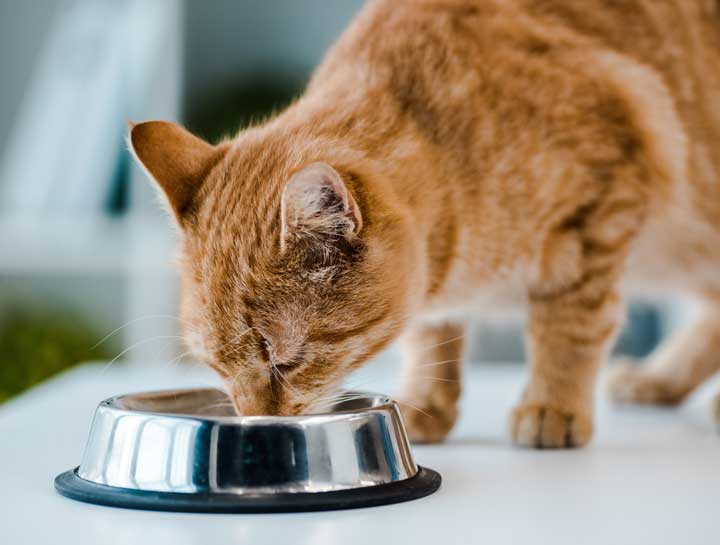Homemade Pet Recipes Not As Health Expected

Most homemade cat food recipes are unlikely to provide essential nutrients and some may even contain potentially toxic ingredients.
Those are the results of a study by researchers at the University of California (UC), Davis who looked at 114 recipes from online sources and books written by non-veterinarians and veterinarians. While recipes authored by veterinarians had fewer deficiencies, the study found they were still lacking nutrients. Of the all the recipes studied, 40 percent did not provide feeding instructions and the rest lacked detail or were unclear.
“Only 94 recipes provided enough information for computer nutritional analysis and of those, none of them provided all the essential nutrients to meet the National Research Council’s (NRC’s) recommended allowances for adult cats,” says lead author, Jennifer Larsen, UC Davis School of Veterinary Medicine veterinary nutritionist.
In addition, the study found many of the homemade cat food was lacking concentrations of three or more nutrients, with some missing up to 19 essential nutrients. Further, many recipes provided less than 50 percent of the recommend allowances of several essential nutrients, including choline, iron, zinc, thiamin, vitamin E, and manganese.
The study revealed seven percent of the recipes included ingredients that are potentially toxic to cats, including garlic or garlic powder, onions, and leeks. The recipes also lacked warnings about bacterial contamination of raw animal products and did not mention the importance of grinding up bones to prevent gastrointestinal (GI) tears.
